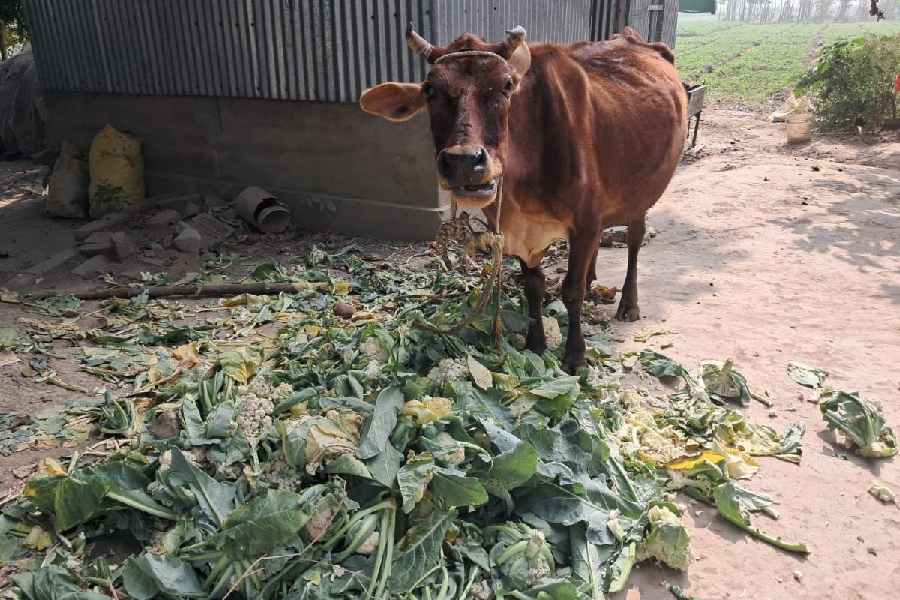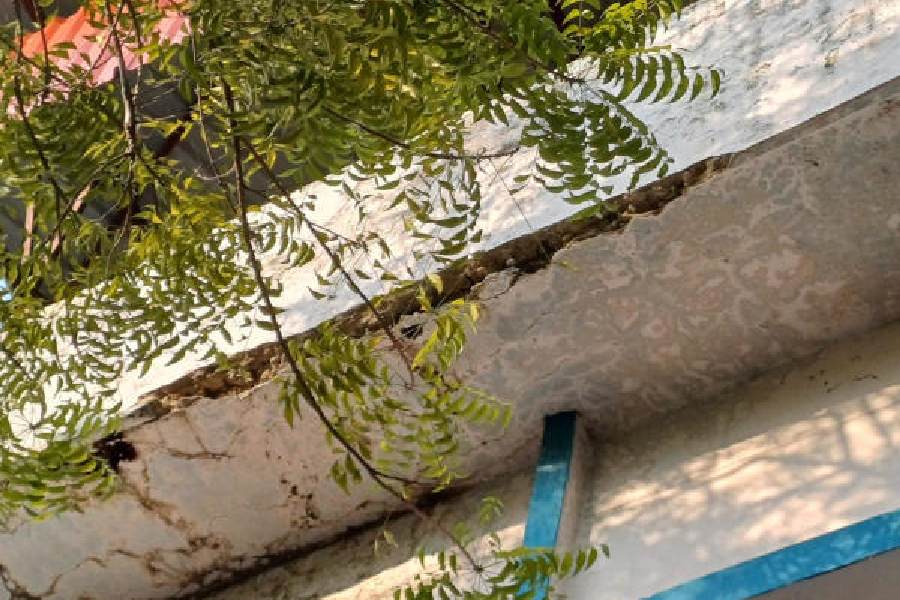A study by an international team of researchers had warned two year ago that the South Lhonak lake in Sikkim may burst in the future and significantly impact the downstream region.
An outburst in the South Lhonak Lake on the intervening night of October 3-4, triggered a flash flood in the Teesta river basin, leaving 14 people dead and 102 others, including 22 army personnel, missing.
The event also resulted in the breach of the Chungthang dam, which is the largest hydropower project in Sikkim.
The 2021 study, published in the journal Geomorphology, highlighted that South Lhonak Lake had witnessed a significant growth in the past decades due to glacial retreat, thereby increasing its chances of glacial lake outburst floods (GLOF).
GLOFs occur when lakes formed by melting glaciers suddenly burst open. This can happen due to various reasons, such as too much water accumulating in the lake.
Studies show that the glacier receded about 2 kilometres in 46 years from 1962 to 2008. It further retreated by about 400 metres from 2008 to 2019.
The Teesta basin in Sikkim Himalaya hosts numerous glacial lakes in the high altitude glacierised region, including one of the largest and the fastest-growing South Lhonak Lake.
Sikkim has 733 glacial lakes, with 288 located above an altitude of 5,000 m, according to Hyderabad-based National Remote Sensing Centre (NRSC). The South Lhonak Lake is located at 5,200 m (17,100 ft) above sea level. It formed due to the melting of the Lhonak glacier.
The researchers, including those from Indian Institute of Technology, Roorkee and Indian Institute of Science, Bangalore, found that while these lakes are mainly located in remote and unsettled mountain valleys, far-reaching GLOFs may claim lives and damage assets up to tens of kilometers downstream.
"Therefore, evaluating GLOF hazard associated with current and potential future glacier-retreat-driven changes is of high importance," the authors of the study had noted.
Other researchers in the study were from the University of Dayton, US, the University of Graz, Austria, and the University of Zurich, Switzerland.
In their study, the researchers assessed the future GLOF hazard of the South Lhonak Lake by integrating glacier and climate modeling to calculate the lake's future volume and impacts along the valley.
"We identify the increased susceptibility of the lake to potential avalanche impacts as the lake grows in the future," they noted in their 2021 paper.
The team modelled six avalanche scenarios of varying magnitudes to evaluate the impact-wave generated in the lake and overtopping flow at the dam.
They found that avalanche simulations indicated that the frontal moraine or accumulation of ice debris was susceptible to overtopping.
"Our results show that the GLOF susceptibility will increase due to the expansion of the lake towards steep slopes, which are considered potential starting zones of avalanches," the study had noted.
"These avalanches can create an impulse-wave when hitting the lake and are considered the most likely GLOF trigger for the South Lhonak Lake," it said.
The researchers noted that the Central Water Commission had initiated an advisory to evaluate the condition of the lake system.
The initial hazard assessment of the South Lhonak Lake based on the conditions then also suggested that the lake had a great potential to significantly impact the downstream region.
A study published in the journal Nature earlier this year stated that 15 million people worldwide are exposed to potential GLOF impacts.
Populations in High Mountains Asia (HMA) are the most exposed, living closest to glacial lakes, with one million people living within 10 km of a glacial lake.
More than half of the globally exposed population is found in just four countries: India, Pakistan, Peru, and China.
Except for the headline, this story has not been edited by The Telegraph Online staff and has been published from a syndicated feed.











